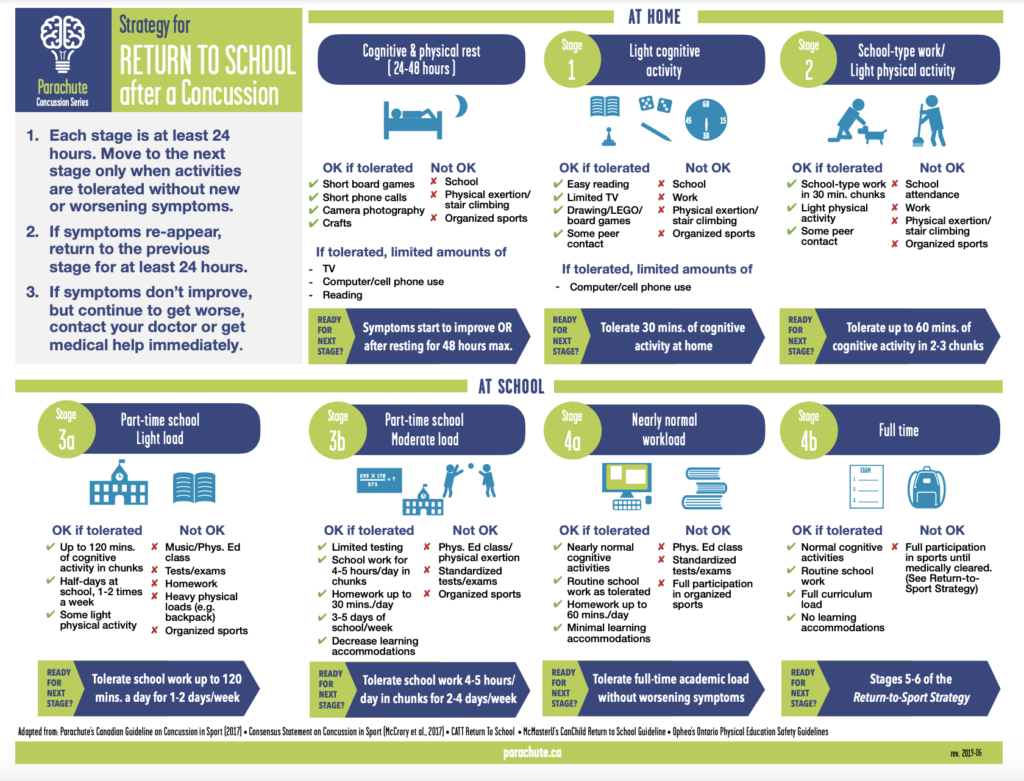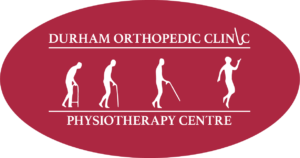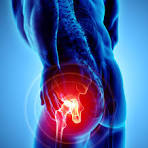With the warm weather approaching, youth and adult sports will be at the forefront again. Though there are so many benefits to sport, there is unfortunately the risk of injury such as a concussion. It is not only athletes that get concussions though, as they are also common in motor vehicle accidents and slips/falls.
In terms of concussion rehabilitation, long gone are the days where a patient must sit in a dark room with no stimulus until symptoms are gone. By having this prolonged time with no stimulation, it can actually increase the recovery time of the concussion as you are making your body more sensitive to different stimuli (visual, cognitive, vestibular etc.). By taking this stimuli away for a long time, it will become more difficult to go back to these tasks. This is where graded exposure comes into play for treatment.
For proper management of concussion, you need to gradually expose your body to various tasks over time. Mild symptoms are okay, as long as there are no new or worsening symptoms. As can be seen in the protocol below for a student returning to school, it allows for a maximum of 48 hours rest before the student follows a stepwise progression of tasks as able. A similar stepwise progression protocol can be followed for an adult returning to work, or an athlete returning to sport. There is evidence that shows that starting aerobic exercise early for patients with concussion can have a positive effect on healing as they can return to work/sport sooner.
Parachute.ca Return to School Strategy

If you or someone you know suspects a concussion, please see your doctor first. Never go back into a sporting event if a concussion is suspected. This can lead to significantly more harm if another concussion happens prior to the first one healing, known as “second impact syndrome”.
A concussion can be a very difficult injury to go through as it can drastically affect one’s quality of life. A Physiotherapist with a concussion specialty can help you return back to full function, school, work or sport. These therapists can help to rehab the various systems affected by a concussion such as the visual, vestibular, cognitive, and energy management systems. Contact the professionals at Durham Orthopedic & Sports Injury Clinic, if you or someone you know needs treatment for a concussion.










